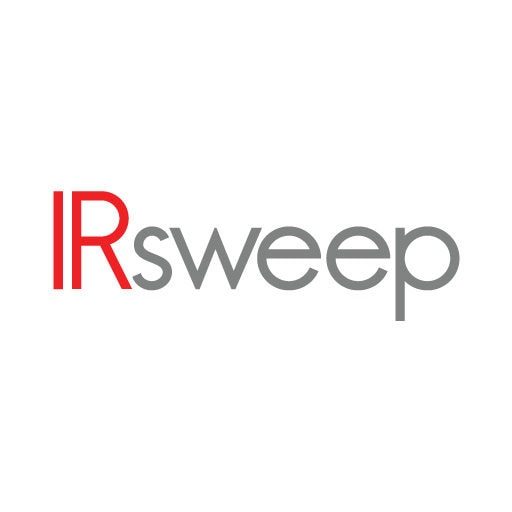Fast spectroscopic monitoring is a proven tool in R&D and production environments, where it is used to gain insight into chemical reactions. This presentation at RadTech 2021 showcases how the IRis-F1 dual-comb spectrometer can be used to monitor curing reactions, where it can provide invaluable insight on the performance of coatings and adhesives.
Infrared spectroscopy is in many ways an ideal measurement technique for this application as it can perform non-invasive in-situ measurements that provide direct information about the structure and bonding of the sample. However, many high-performance adhesives possess fast curing rates, and the speed of off-the-shelf spectroscopic techniques is the limiting factor in their analysis.
Additionally there has been some new data released on dental curing with single digit second time resolution, which gives new insights into addtional applications of non repeatable reactions.
The IRis-F1 is based on quantum cascade laser (QCL) frequency comb technology, which allows for measurements on milli to microsecond timescales to be carried out.
Speaker

Florian Eigenmann
Florian Eigenmann will present a laser-based technology in the field of mid-IR spectroscopy which is very innovative and was previously only used for off-line analysis due to time resolved resolution limitations of scanning interferometers. Florian graduated at ETH Zurich in chemical engineering where he received his PhD in heterogenous catalysis with spectroscopic FTIR technology in 2005. Then Florian joined the company Bruker where he was instrumental to make offline FTIR a successful application for the curing industry which is applied widely nowadays for off-line analysis. During that time he was 3 years in the states and worked for business development in NIR. Since 2018 Florian is responsible for business development for dual-comb spectroscopy (DCS) in the company IRsweep Switzerland - The technology has no movable parts unlike FTIR and can therefore monitor kinetics on a scale of us/ms with 1000 spectra / seconds time resolution – for short amount of time (255ms) even 4 microsecond time resolution is possible
